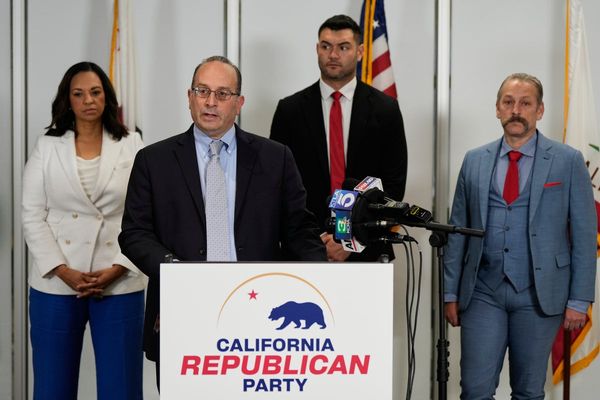
More than 27 million Americans are still uninsured, and more could lose coverage by 2026, according to a new analysis from MoneyGeek.
That may not sound like a lot, but it means millions of people will have to deal with medical emergencies, chronic illnesses and everyday care without coverage. Things may get even worse as another 3.8 million people are projected to lose coverage annually starting in 2026 if enhanced Affordable Care Act subsidies expire as scheduled by the end of December, according to media reports.
Don't Miss:
- Accredited Investors Can Now Tap Into the $36 Trillion Home Equity Market — Without Buying a Single Property
- 7 Million Gamers Already Trust Gameflip With Their Digital Assets — Now You Can Own a Stake in the Platform
Why Millions Are Losing Health Coverage
The uninsured population increased by 670,000 in 2024, largely driven by Medicaid unwinding. Over the past year, roughly 25.2 million Americans have lost coverage, according to MoneyGeek. Many not because they were no longer eligible, but because they missed paperwork deadlines or got caught in administrative errors.
Plus, the Affordable Care Act's enhanced subsidies, which helped make marketplace plans more affordable, are set to expire at the end of December unless Congress renews them. Without those subsidies, millions could see their premiums jump by over $1,000 a year, according to KFF. And without a permanent extension, the Congressional Budget Office estimates that the number of uninsured people will rise by 2.2 million in 2026, by 3.7 million in 2027 and by 3.8 million, on average, in each year over the 2026 to 2034 period.
Trending: From Moxy Hotels to $12B in Real Estate — The Firm Behind NYC's Trendiest Properties Is Letting Individual Investors In.
The coverage gap isn't evenly spread across the country. States that haven't expanded Medicaid under the ACA, like Texas, where nearly 17% of residents remain uninsured, continue to see the highest rates of people without coverage. On the other hand, states that expanded Medicaid tend to have far lower uninsured rates. MoneyGeek also found that young adults between 19 and 25, Hispanic Americans and lower-income households are disproportionately affected.
What Happens Next
The U.S. is facing a coverage crisis that could grow quickly if left unaddressed. Whether lawmakers choose to extend federal support or let key provisions expire will likely determine whether the uninsured rate keeps climbing or finally starts to fall again.
For now, the best thing you can do is stay on top of your own coverage. Double-check your Medicaid status, mark your calendar for open enrollment and review your options early to avoid any gaps in coverage.
Read Next:
- Bezos' Favorite Real Estate Platform Launches A Way To Ride The Ongoing Private Credit Boom
- The ‘ChatGPT of Marketing' Just Opened a $0.81/Share Round — 10,000+ Investors Are Already In
Image: Shutterstock







